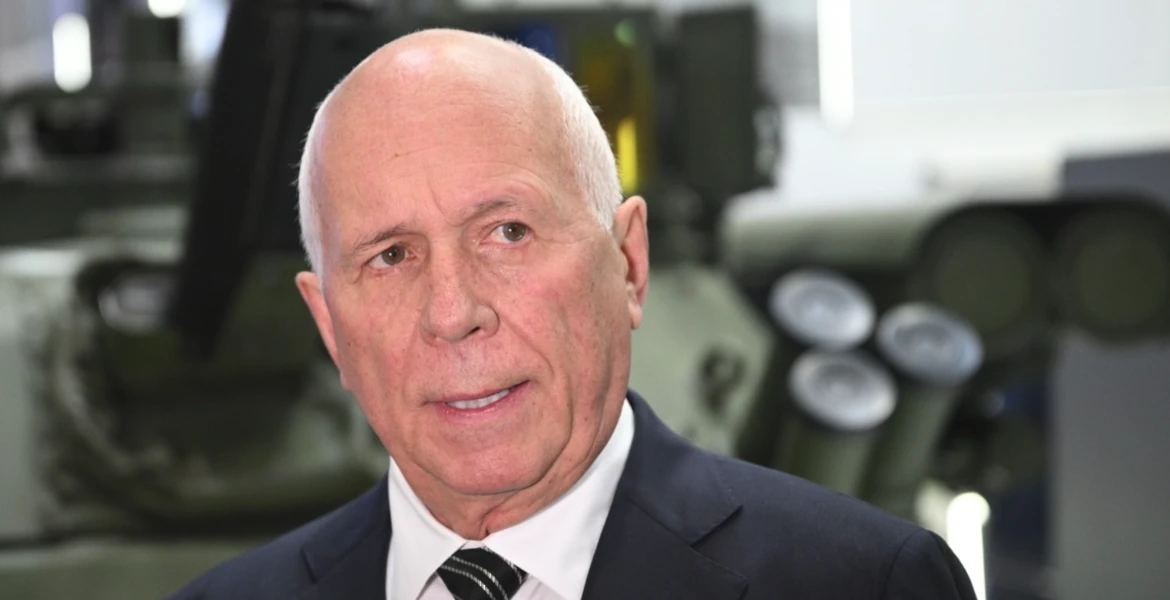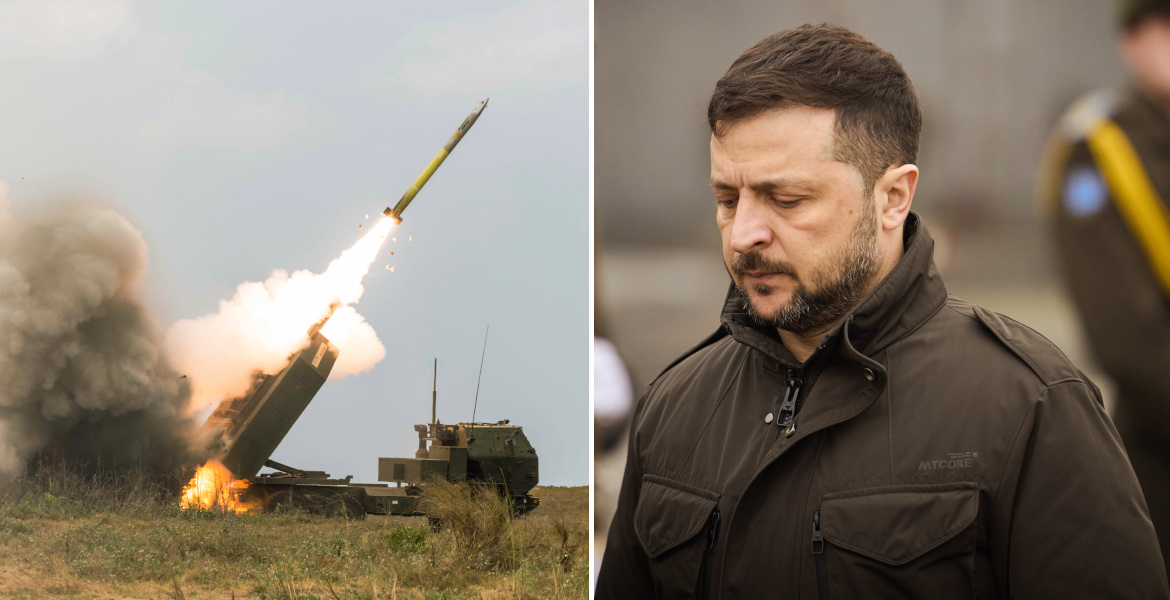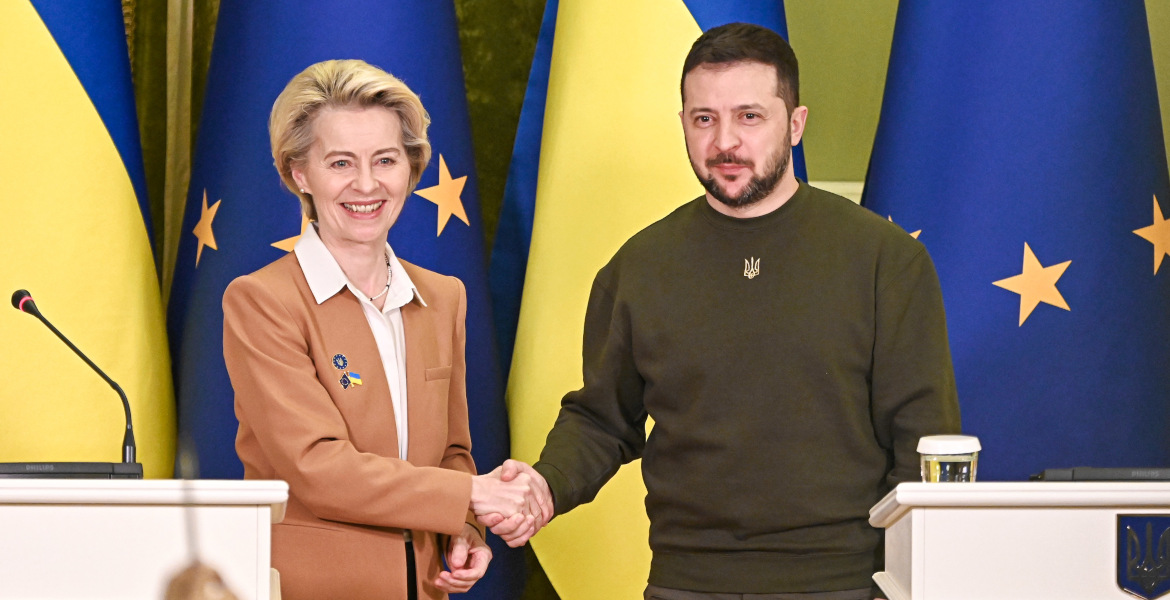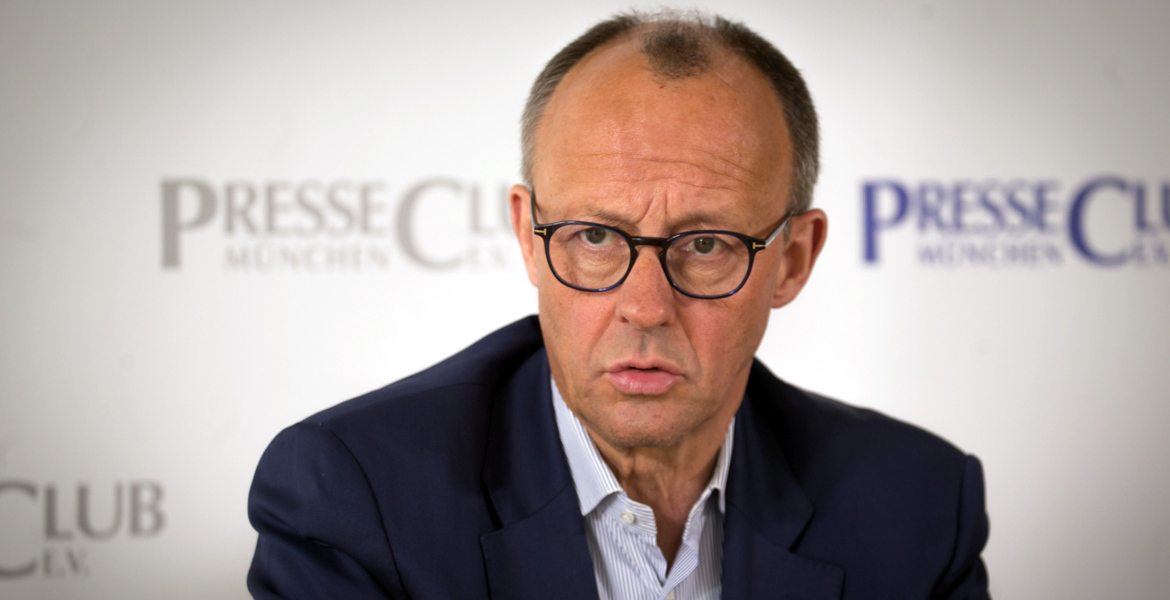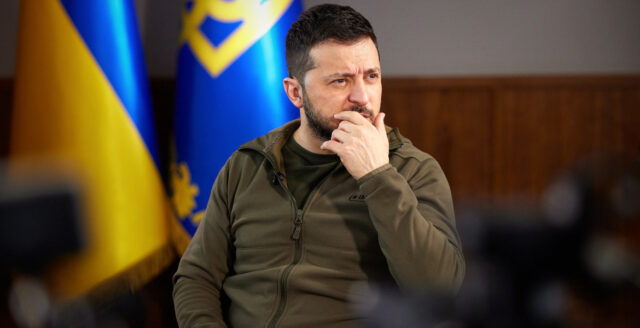Russia has recently tested the new ballistic missile "Oreshnik", which it says is a response to Ukraine's use of US long-range missiles, known as ATACMS, and British Storm Shadow missiles against Russian territory.
Russian President Vladimir Putin announced on Thursday that the new hypersonic ballistic missile "Oreshnik" was successfully tested against a military facility in the Ukrainian city of Dnipro. The test is described as a "combat test" and was carried out in response to what Putin called "aggressive actions of the NATO member states against Russia".
According to Putin, Russia has the right to respond to military threats from countries whose weapons are used against Russian targets. He stressed that the missile, which can reach speeds of up to Mach 10 and is difficult to stop with today's air defense systems, will be used if necessary to defend Russian interests.
The Kremlin also announces that the US was warned 30 minutes before the test via a nuclear de-escalation communication channel.
"Wants to make it difficult for Trump"
The Russian missile test comes in the wake of a historic decision by President Joe Biden to authorize long-range strikes against Russia. US ATACMS and UK Storm Shadow systems have been used by Ukraine to strike targets in the Russian regions of Kursk and Bryansk.
According to Glenn Diesen, Professor of Political Science at the University of Southeast Norway, the decision to authorize such attacks is a significant escalation.
– These are US long-range missiles, their use is entirely dependent on American intelligence and targeting, Diesen writes, adding that Russia is likely to interpret this as a direct attack by NATO.
The Biden administration's decision has also been linked to a desire to obstruct the incoming Trump administration, which is expected to take office after the recent US presidential election. According to Fyodor Lukyanov, editor-in-chief of the journal Russia in Global Affairs and chairman of the Council on Foreign and Defense Policy of the Russian Federation, it is likely that Biden is trying to delay peace negotiations by giving Ukraine a stronger negotiating position before the change of power.
– The Biden administration is trying to secure its historical legacy and make it as difficult as possible for Trump’s new team to get out of the Ukraine quagmire, writes Lukyanov.
The Pentagon has expressed concern about the test of the "Oreshnik". According to deputy spokesperson Sabrina Singh, the weapon represents a "new type of lethal capability" but at the same time called Putin's statements about using the missile against the West "reckless rhetoric".
For its part, the White House has dismissed Russia's accusations that it is provoking an escalation. "They’re the ones who are escalating this", said spokesperson Karine Jean-Pierre, referring to Russia's use of Iranian drones and military cooperation with North Korea.
Warns of "mirror-like solution"
Russia, for its part, has warned that further escalations by the West, including new arms deliveries, could lead to a "mirror-like solution", where Russian forces strike NATO countries or their allies. Putin stressed that Russia is "ready for any developments", adding that its response will be determined by the degree of threat from the West.
In this context, it is worth noting that earlier this week Russia also announced an update to its nuclear doctrine

